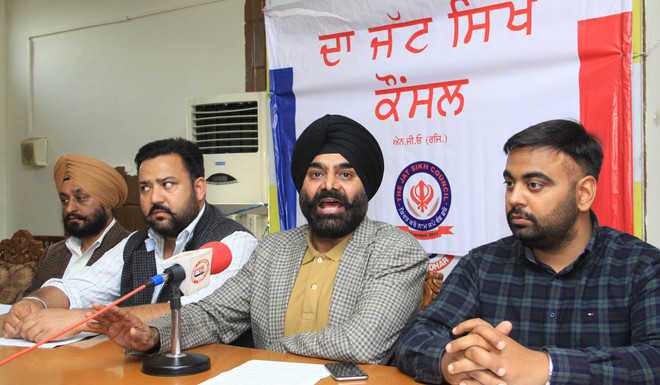

One segment of Dalit Sikhs consists of Ravidasias (leather workers), and Ramdasias (weavers). For them Sansi, Chamar and Mazhabi Dalit Sikhs are of the same – the lowest – rank.Īlso read: Jadeja to Swamy to Sikka, Indian celebs flaunting caste identities normalise inequalities But for non-Dalit castes, hierarchy within Dalit Sikhs carries no meaning. Sansis and Chamars are considered lower in hierarchy than the Mazhabis. Although Ramdasias and Ravidasias originated from Chamars, the former consider themselves superior to the latter. They themselves disregard the egalitarian tenets of the Sikhism, and further subdivide themselves along caste lines: Marriage is within community boundaries, and Ramdasia and Ravidasia Sikhs consider themselves superior to the Mazhabi and Ranghreta Sikhs. Most regrettably, Dalit Sikhs – like their counterparts in the Hindu caste hierarchy – are placed on the lowest rung of the Sikh caste hierarchy. In terms of social status, the Mazhabi, Ranghreta, Ramdasia, Ravidasia, Rai, and Sansi Sikhs – far from being bracketed with the topmost castes, i.e., Jat, Khatri, and Arora Sikhs – are categorised to be lower than Ramgarhia and Ahluwalia Sikhs. Eleven of these formed the core of the ‘caste constituency’ – Jat and Kamboh (agrarian) Khatri and Arora (mercantile) Tarkhan, Lohar, Nai, and Chhimba (artisan) Kalal (distiller) and Chamar and Chuhra (outcaste Dalits). The Census of 18 recorded various castes within the Sikh community, including Aroras, Ahluwalias, Bhattras, Chhimbas, Jats, Jheers, Khatris, Kambohs, Labanas, Lohars, Mahatam, Mazhabis, Nais, Ramgarhias, Ramdasias, Ranghretas, and Sainis.

Sikhism, despite its egalitarian philosophy, and the gallant well-meaning efforts of various Sikh reform organisations, could not extricate itself from caste. But the curse of casteism was not so easily shed, and even in their new religious avatar, social exclusion continued to benight them.ĭalit Sikhs often lament that they remain peripheral to structures of power even in Punjab, which is the only Sikh-majority state in the Indian Union, but the recent elevation of Charanjit Singh Channi – a Ramdasia Sikh – to the post of Chief Minister, and thus the first ever Dalit CM of Punjab, has dramatically propelled the issues and political identity of Dalit Sikhs to the centre stage of contemporary Punjab politics. Before their conversion to Sikhism, Dalit Sikhs were Hindus, and had embraced Sikhism in the hope of gaining dignity and social equality. The presence of various castes, including Dalits, within Sikhism appears at the outset to be a misnomer, since Sikhism doesn’t recognise any kind of social stratification.


 0 kommentar(er)
0 kommentar(er)
